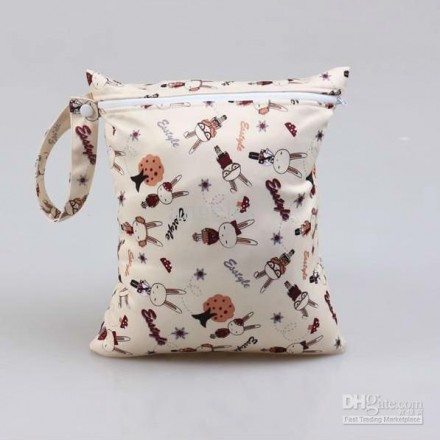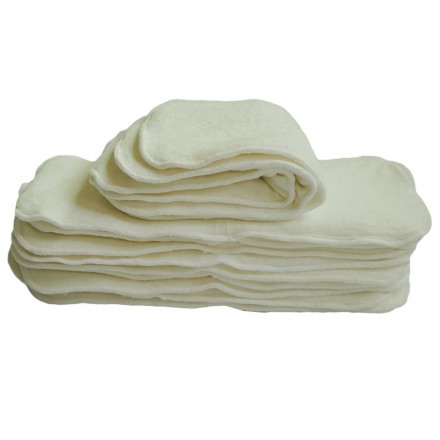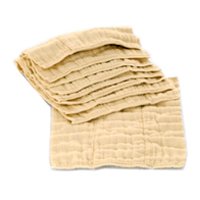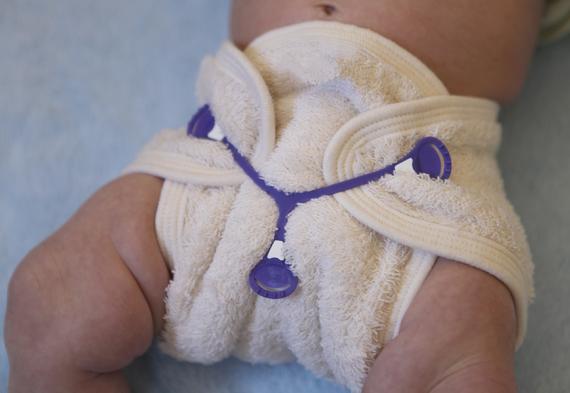My interest in cloth diapering started with a YouTube video I came across, and escalated when I started doing research on my own. Next thing I knew my youngest was wearing cloth diapers around the house. The experience has been trial and error, and for a while I felt like I was going backwards. But once I told hubby how much money we were saving, there was no going back. I just don’t understand why I did not start sooner! My husband and I started this transition from pampers to cloth diapers on our fourth child. And get this. Not as a newborn! At 9 months!
So if you’re interested in cloth diapering, here’s everything you need to know:
Cloth diapers are more economical
This is the #1 reason why we chose to make this huge transition. At the time I had a two year old who was potty training with disposable training pampers and a 9 month old who was in pampers. You do the math! We were literally throwing money away every time they pooped. Reports show that parents spend $2000 per child on disposable pamper from birth to 3 years, while cloth diapers cost anywhere from $200 to $400 per child from birth to 3 years. Can you say SCORE!
Cloth diapers may facilitate faster potty training
Some parents think it’s because they are less absorbent, so children feel more uncomfortable when they are wet or have a poop. Others think it’s because, from a young age, kids see you shaking the cloth diaper out in the toilet, so they have a better understanding of what a toilet is for. You can read more about this here.
1. Changing a dirty cloth diaper
This was my main concern when I was considering cloth diapers. After little man poops in his diapers I easily shake that poop out in the toilet then rinse the cloth diaper with warm to hot water and put it in what’s called a wet diaper bag or a diaper pail. These come in handy because they hold all my soiled diapers until wash day.
You can get away with putting the dirty cloth diaper directly in the bag or pail without rinsing it, but I personally like the thought of a semi-clean diaper going into the washing machine.
2. Frequency of washing cloth diapers
This depends on how many cloth diapers you’ve stocked up, but you’re typically looking at washing every 3 to 4 days. To save money hang your washed diapers outside in the sun. This naturally sterilizes them and kills any leftover bacteria. The dryer works well too, but we’re trying to save money here.
Make sure to wash your cloth diapers separate from the rest of your laundry, and to use detergents that are free of perfumes, enzymes, brighteners, and fabric softeners so you don’t irritate your baby’s skin. I found a cool detergent chart here.
3. Finding the right cloth diaper for your child
This is where things got very overwhelming for me. Cloth diapering is not what it used to be. We’re far from the days of pins and a white cloth diaper. Now there are diaper covers with snaps that fit just like a pamper would! There are so many options out there right now, it’s kind of ridiculous. And some can be very pricey. My goal was to find cloth diapers that were affordable, easy to use and easy to take care of.
So far I have bought all of my diaper covers, cloth diaper, and inserts on Amazon.
The All-In-One size works for me right now because they grow with my lil man. These were especially perfect because I started him at 9 months. The cool thing about the All-In-One is if we were to ever have another child, I could use the very same diaper covers for him or her from newborn to toddler size. All you have to do is adjust the diaper covers according to their size and voila!
4. Cloth diapering overnight and for heavy wetters
Now if your baby is a heavy wetter like mine don’t freak out. Just double up on inserts at night. Inserts go into the diaper cover and help to hold in pee and poop. You can buy micro fiber or bamboo inserts like these;
Or just use a couple regular prefold cloth diapers overnight.
5. Alternatives to pins for fastening
If you choose regular prefold cloth diapers, you don’t have to use a pin. You can use what’s called a Snappi to fasten it. It easily secures the diaper underneath the diaper cover and never comes off.
6. Prepping your cloth diapers for improved absorbency
In order for cloth diapers to have the best absorbency, they must be washed two to three times (and dried in between). This is particularly important for natural fibers like cotton and bamboo. If your diapers are made of man made and/or micro fiber, then you only have to wash and dry once.
I found this out the hard way. I only washed my cotton and micro fiber diapers one time before using them, which led to countless wet beds. Once I did the research and increased my washing, baby Micah was DRY!
7. Cloth diapering is not for everyone
Trust me! It’s not! It all depends on your motivation. Do you want to keep the environment a little cleaner? Save more money in your budget? Potty train your little one faster? Then I’d say that cloth diapering is for you. If you need more information on cloth diapering, check out these videos:
Ladies, are any of you cloth diapering? Share your tips and experiences!
Kim is the author of where she discovers what it means to be a woman of GOD, wife, mother, daughter, sister, friend and entrepreneur.






